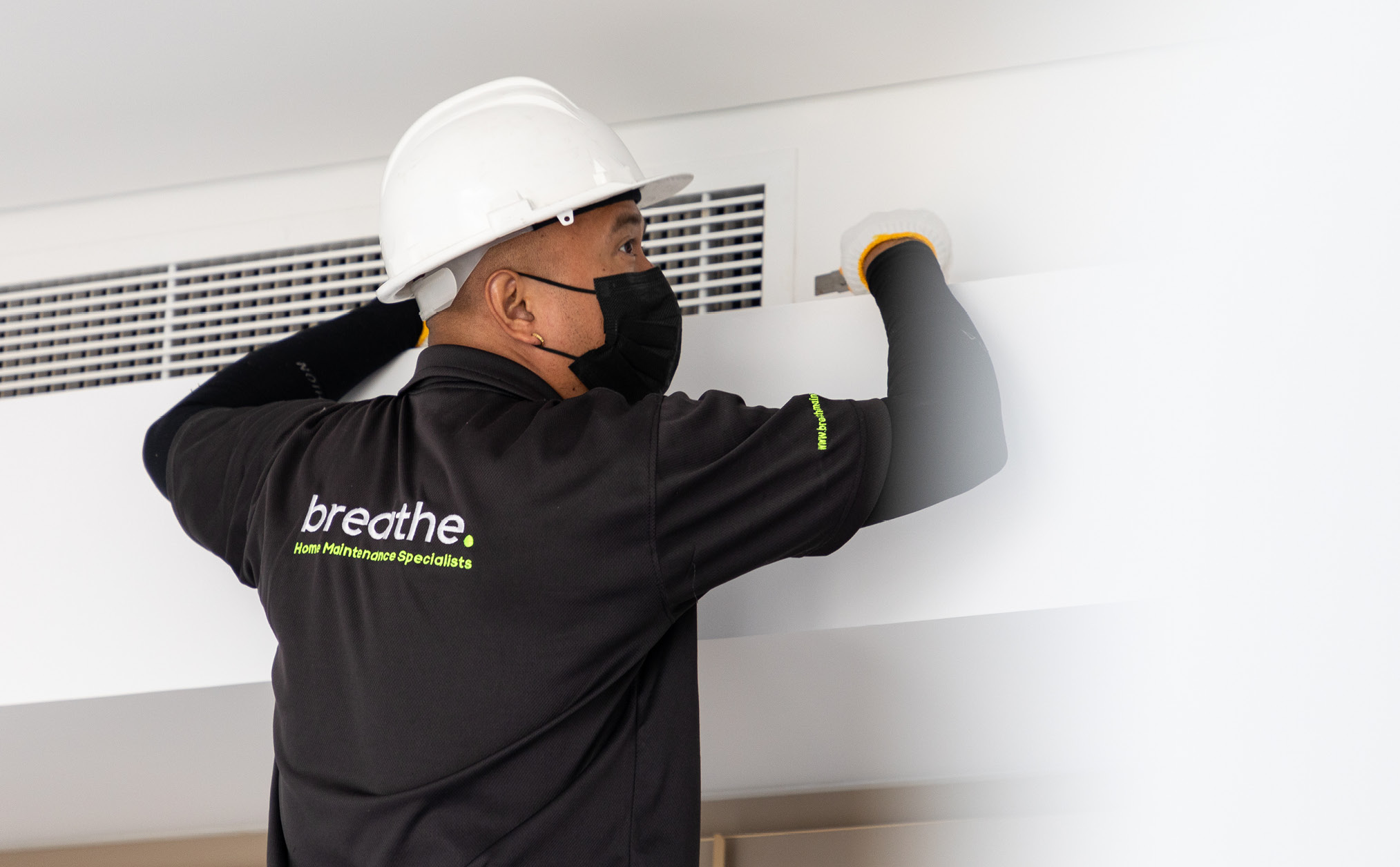In Dubai’s extreme climate, a well-functioning air conditioning (AC) system is essential for ensuring business continuity, employee productivity, and customer comfort.
Whether you manage a co-working hub, retail unit, warehouse, or office space, the way your AC is positioned—and how your space is arranged around it—can make a measurable impact on comfort, energy costs, and your professional image.
This guide explores the key considerations when setting up your commercial interiors around AC unit placement, how to choose the right system, layout strategies for various environments, and the importance of regular maintenance.
Why AC placement matters in commercial spaces
Improved productivity
Consistent, well-regulated indoor temperatures help employees stay focused and productive throughout the day—especially during the height of summer.
Better Eemployee health
Effective air circulation reduces humidity and improves air quality, which is vital in shared or enclosed work environments.
Enhanced brand perception
Client-facing areas like reception desks, meeting rooms, and retail spaces benefit greatly from properly distributed cooling, helping you make a strong first impression.
Choosing the right air conditioning system
Size and layout
The required cooling capacity will depend on the space’s size and layout. Large warehouses, production floors, and multi-storey buildings will need more powerful or distributed systems compared to smaller boutique offices.
Contact us for a free site inspection and custom recommendation.
Energy efficiency
Modern AC systems with zoning features, programmable thermostats, and inverter technology offer improved energy performance and help reduce operational costs—key for long-term savings.
Types of air conditioner
- Under-ceiling units – Ideal for large open-plan commercial spaces, offering strong airflow while saving floor space.
- Ceiling cassette units – Installed within the ceiling grid, these provide discreet and even cooling, suited to offices and retail outlets.
- Ducted systems – Perfect for businesses with multiple rooms or departments, offering hidden cooling and centralised control.
Environmental impact
Opt for systems that use R32 refrigerants, which have a lower global warming potential (GWP) than older alternatives and support your company’s sustainability goals.
Arranging commercial spaces for optimal cooling
Keep airflow clear – Avoid obstructing AC vents with shelving units, partitions, or large equipment. Blocked airflow can cause uneven temperatures and strain the system.
Strategic desk placement – Position workstations near—but not directly under—AC outlets. This prevents cold drafts while ensuring a comfortable working environment.
Zone-specific cooling – Use zoning systems in areas with variable occupancy, such as meeting rooms, staff kitchens, or server rooms. This avoids cooling empty spaces unnecessarily.
Example room setups based on AC placement
1. Executive office – wall-mounted unit
- Unit installed above the doorway, sending airflow across the room
- Desk positioned out of the direct stream
- Bookcases placed to allow air to circulate freely
2. Retail space – ceiling cassette
- Units placed centrally to evenly cool the retail floor
- Product displays and signage arranged to maintain open airflow paths
- Staff working areas shaded and comfortable during long hours
3. Warehouse or showroom – under-ceiling unit
- Units positioned over active work areas
- Shelving and storage designed to minimise airflow disruption
- Supplementary fans used in corners or heat-intense zones
4. Shared office or co-working Space – Ducted or cassette system
- Air vents evenly spaced across open-plan layouts
- Desks arranged with ventilation paths in mind
- Ensures:
✅ Consistent working conditions
✅ Better employee health
✅ Positive client impressions
✅ Enhanced team morale
✅ Energy-efficient operation
Commercial AC maintenance checklist
Before peak summer sets in, it’s essential to ensure your systems are ready. Here are key tasks to include in your maintenance plan:
- Clean and replace air filters
- Inspect ductwork for leaks or contamination
- Test thermostats and zoning settings for accurate operation
- Check refrigerant levels and inspect pipework insulation
- Clear debris around external condenser units
- Arrange for a full system inspection by qualified professionals
Planned Preventative Maintenance (PPM)
Planned Preventative Maintenance (PPM) is a proactive approach that prevents unexpected breakdowns by scheduling regular inspections, cleaning, servicing, and repairs. In high-demand climates like Dubai, where AC systems operate for extended hours, PPM is a critical investment.
Why PPM matters:
- Prevents disruptive system failures
- Extends the lifespan of equipment
- Maintains consistent air quality and hygiene
- Improves energy performance
- Helps businesses stay compliant with local safety and environmental standards
PPM checklist for Commercial AC:
- Inspect and clean air filters
- Test all thermostat zones and sensors
- Verify refrigerant levels and inspect for leaks
- Check electrical components and wiring integrity
- Clean internal and external coils
- Review airflow and adjust settings where needed
- Document system performance for future reference
By proactively maintaining your system, you avoid costly emergency callouts and ensure uninterrupted cooling for your staff and clients.
Stay operational and comfortable this summer
Dubai businesses can’t afford to risk downtime during the hottest months. Whether you’re upgrading an existing system or preparing a new space, Breathe provides expert AC consultations, installations, and ongoing PPM support tailored to commercial properties of all sizes.
Message us on WhatsApp to schedule a site visit, request a quote, or discuss your PPM needs.


